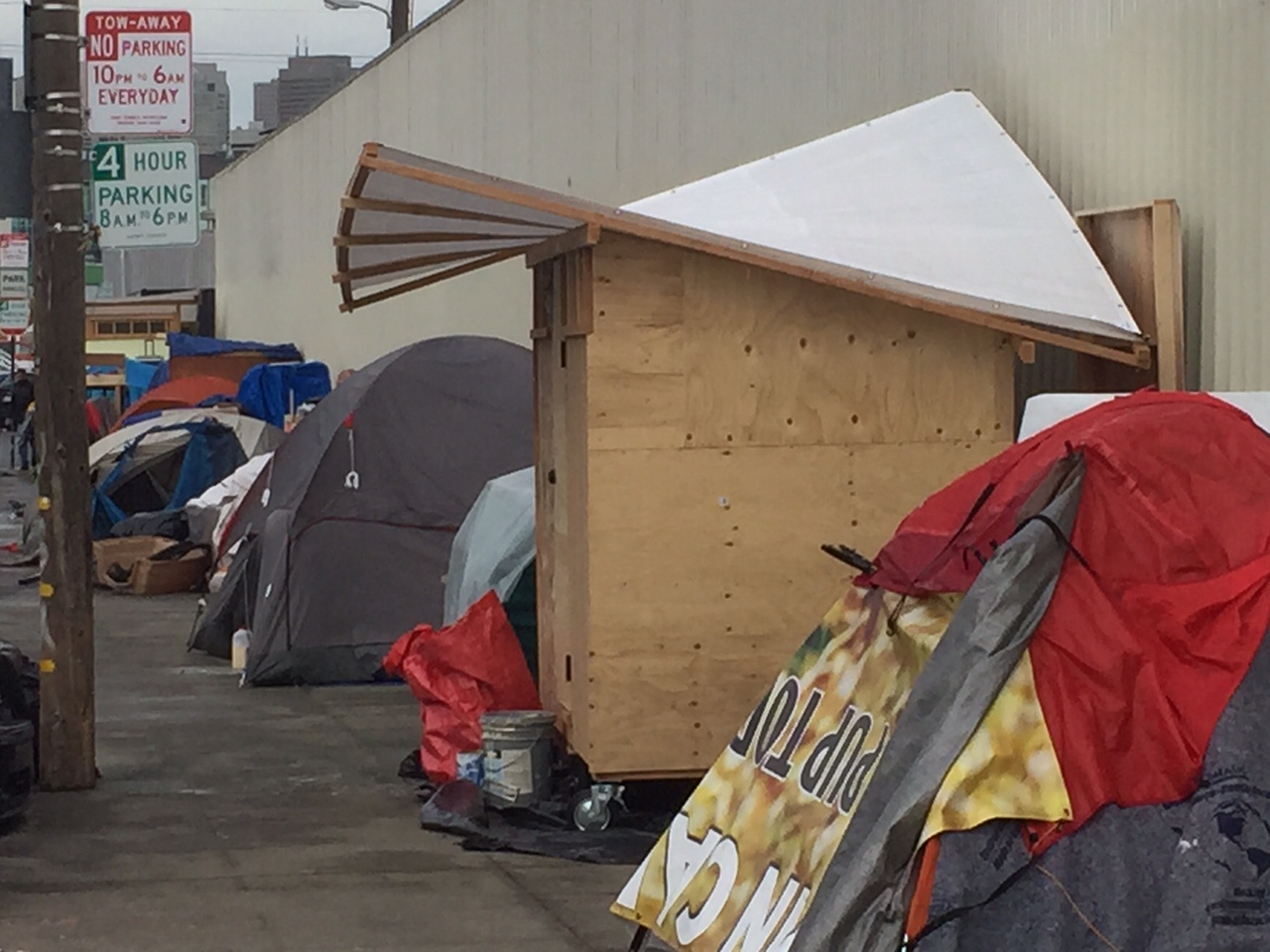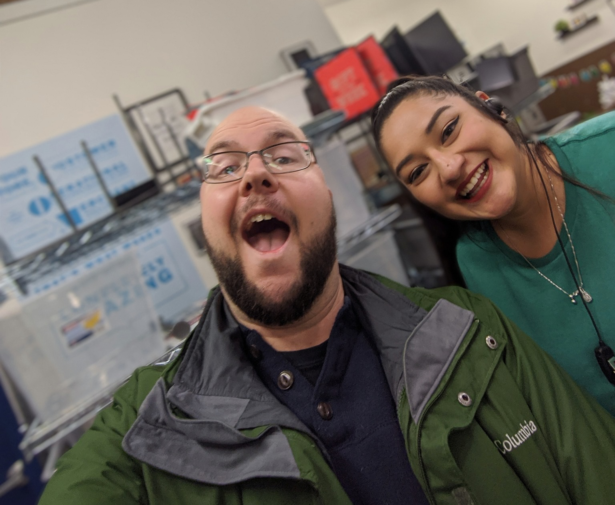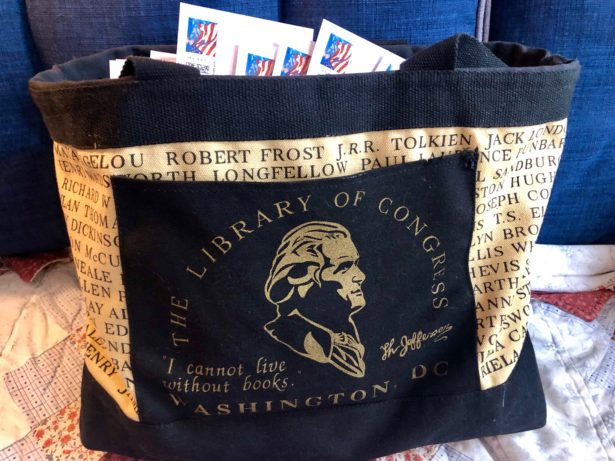
Building Tiny Homes For The Homeless
An unusual piece of urban architecture becomes a campaign to do good
In his 17-year career as a furniture- and cabinetmaker, Moksha Osgood has specialized in some unique designs with, for the most part, very small footprints, including a tiny live-in wooden trailer, tiny wooden homes and offices, and larger wooden pavilions for public spaces, as well as high-end furniture and other pieces. He has lived in his own tiny home in a friend’s back yard for eight years, “as a means of illustrating the type of lifestyle that fits my values, addressing three main issues exemplifying alternative ways of living: affordability, sustainability, and beauty,” he told Good Turns recently.
When he founded Moksha Woodwork Designs two years ago, he built two small structures and donated them as pilot projects to an urban farming organization in Oakland, California. But the opportunity for a more meaningful good turn presented itself soon after that. “Last November, me and my shopmate built a small place for a guy that lives across the street from us,” Osgood said. “He’s been living in the same spot for three years, in a tent. It was right before the rainy season, and we just decided this year we’re going to build him a place that’s going to keep him dry.”
“A bare-bones shelter that would address people’s immediate needs, and something that addresses the aesthetics.”
Osgood and his shopmate built the man a tiny home that’s still on the street. “We decided on a more stealthy approach,” he said. “We kind of made it look like a storage container sitting on the street, covered with a silver tarp. It was already an industrial area, so it blends in really well in the landscape.”
With help from Saint Francis Homelessness Challenge, an organization devoted to addressing the encampments of homeless that have sprung up around San Francisco, Osgood has since built nine tiny homes for the homeless, or “dwellings for the unhoused,” as he sometimes calls them.
The latest batch of tiny homes are designed as a pilot project for “a bare-bones shelter that would be lockable and address people’s immediate needs in a way that also addresses the larger health and safety needs of the surrounding community, and something that addresses the aesthetics, because the trash and the trashy encampments are a big part of what makes it really hard for housed residents in communities to be able to buy into supporting something like this.”
One question Osgood has grappled with is which members of the homeless community to give the shelters to. (Each takes about two days and $300 in materials to build.) “We started inviting people to come help build the structures, and initially that was how we chose who we gave them to,” Osgood says. “If people showed up to help build these structures, that got them in the queue to get one of these structures.”
But the scheme was easier envisioned than executed. “Eventually, it became clear that that wasn’t necessarily a production-efficient way to get things done, and what I needed more than anything was people who were on the ground who were willing to be a leader in the in the community, organizing within the encampments that exist, and then target and find people that actually did want to learn the whole skillset of how to build these, so that I could pass the designs and knowledge along so that we could scale the operation when and if we got a sanctioned location.”
Osgood’s work is inspired in part by Oakland artist Gregory Kloehn, who builds similar homes for the homeless. But Osgood is now seeking to broaden the reach of his good turn by developing proposals to bring tiny homes to large numbers of homeless people. “What I’ve done now is compiled a catalog of costs and information for the designs I’ve done thus far, and a proposal to be able to come into any location and build X number of homes with the population there, and have them become proficient in the tasks involved in building them, so that they could do more within their community.” Osgood is targeting cities like Denver and Portland, in part because he thinks they may be more receptive. “San Francisco is perhaps not the location where this is going to happen first,” Osgood says.
Wherever it does happen, it will bring stability and security to those that need it, and lighten the burden on the surrounding community in any number of ways. Regardless, it’s an innovative and interesting good turn that is already having an impact on people’s lives.
Posted August 14, 2017





